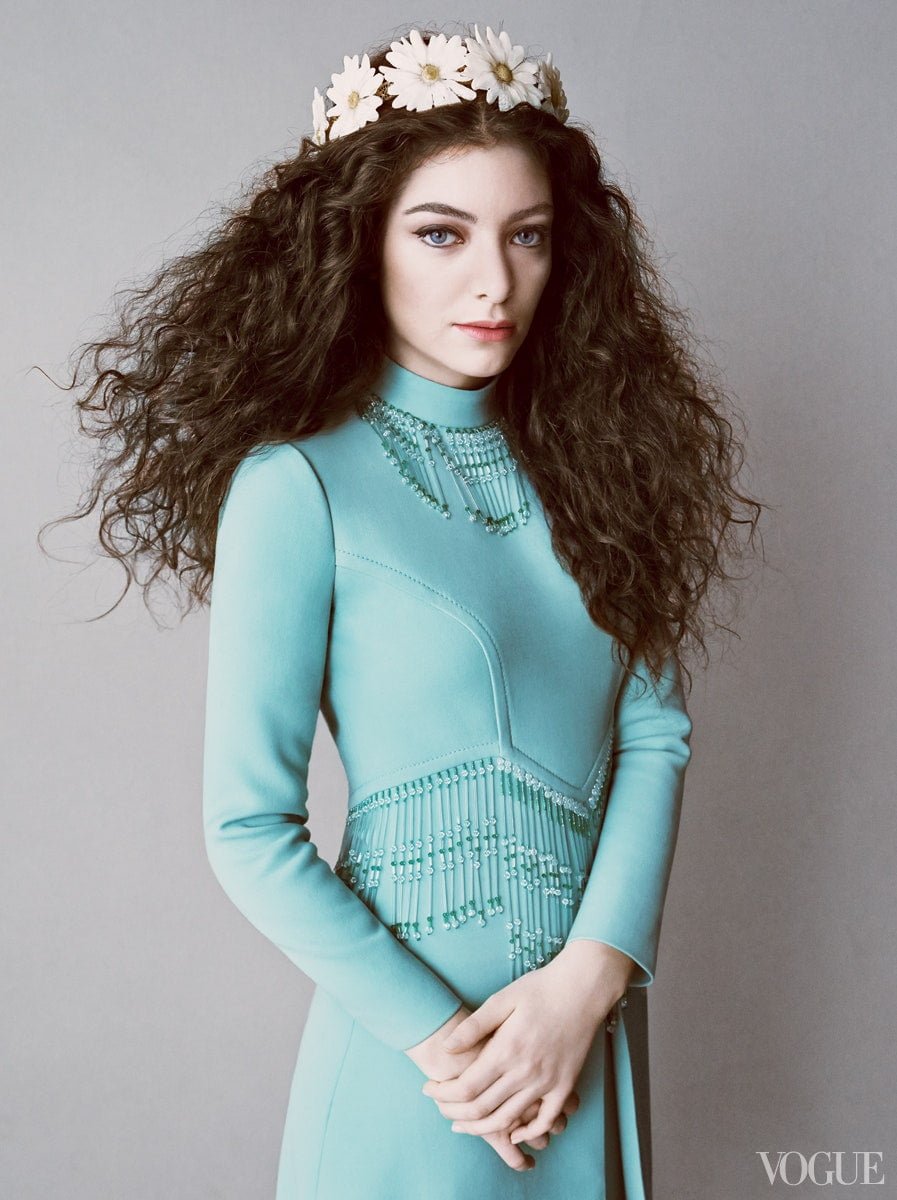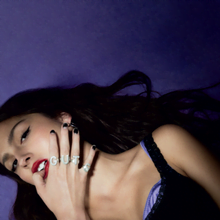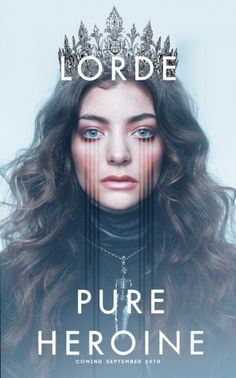In her 1991 short story Eleven, Sandra Cisneros writes, ‘what they don’t understand about birthdays and what they never tell you is that when you’re eleven, you’re also ten, and nine, and eight, and seven…’. This is the sustained, indelible influence of Pure Heroine on the once teen girls that continue to listen to Lorde’s debut album well into their twenties.
Exactly a decade ago, Lorde released this moody yet soulful anthology of adolescence that received critical acclaim, and became beloved amongst her target audience. High-handed adults who were surprised by her eloquence and insight referred to her as ‘wise beyond her years‘, not realising the similarities she bore with the other, supposedly less intelligent teen girls they seemed to be comparing her to. Through evocative soundscapes and candid storytelling, her songs were able to encompass the mundanities and intricacies of the teen girl experience with unflinching honesty. Pure Heroine, to me, therefore, is not so much a testament to Lorde’s unique maturity, but one that speaks to the collective wisdom with which many girls view and navigate their adolescence. Adults also ought to wonder whether this wisdom is truly an unlikely exception when in reality, it seems to be a universal experience for young girls to be patronisingly complimented as intelligent for their age.
Many of these girls have felt seen and heard in Pure Heroine’s acknowledgement of the emotions and elements that make up their teenage years be it, fear, love, friendship, politics, suburbia, angst, or nostalgia. Much of their hours are spent ‘killing time’ and ruminating over ‘explosions on TV’ and worrying about high school cliques and gossip and not getting enough sleep.
Lorde was able to create a far more holistic picture of adolescence rather than limiting her narrative to familiar yet worn out stereotypes.
In doing so, Lorde was able to create a far more holistic picture of adolescence rather than limiting her narrative to familiar yet worn out stereotypes. A considerable number of pop artists at the time spent their careers engaging typically in themes of romance with many managing to perfect the art of writing love songs positioned at young girls. These songs were embraced wholeheartedly by their target demographic and sung like anthems whether they were about first relationships, love triangles, unrequited crushes, flings, and most of all, heartbreak. Some artists famous for this kind of music included Taylor Swift, One Direction (followed by a slew of other boy bands), Katy Perry, and Ed Sheeran, among many others.
However, the discographies of these musicians, albeit extremely successful and relatable, rarely ever explored territories beyond romantic and at times, (sanitised) sexual themes in their pursuits to achieve mainstream acceptance. While it might be true that music about love and sex sells far more than others, this kind of song writing relied on and assumed a kind of one dimensional teen girl archetype in an attempt to appease their audience.
This widely accepted archetype believes teen girls to be boy obsessed, eager and superficial airheads whose primary interests in life include partying, looking pretty, and getting involved in high school drama. These are the young people who Jaden Smith mimicked for using the word ‘like’ too much and being too self-absorbed to discuss ‘the political and economic state of the world right now‘.
Lorde, just like her fellow musicians, did write about love and drama and parties, but she also wrote about existentialism, mundanity, and sadness (that was unrelated to romance).
While many of the aforementioned artists who subconsciously subscribed to these stereotypes hit the mark in their depictions of young love, they were unable to uncover much else about the life of a teen girl. Lorde, just like her fellow musicians, did write about love and drama and parties, but she also wrote about existentialism, mundanity, and sadness (that was unrelated to romance). Lorde’s writing allowed for so much more than the superficial template permitted, and many are now following suit, most notably, Olivia Rodrigo, who openly hails Lorde as a musical inspiration and whose recently released sophomore album Guts shows incredible writing on quintessential 19 year old anger, angst, and anxiety.
It is also Lorde’s attention to the smaller details and moments in her world-building that continues to make her music far more relatable for young people than her contemporaries’. She notably and recurrently mentions the absence of a lavish lifestyle, an experience common among most teenagers. She sings ‘we live in cities you never see on the screen‘ and more famously in Royals, ‘we count our dollars on the train to the party‘ which encapsulates the distinctively adolescent dichotomy of wanting to have a good time but not always having the sufficient funds to do so. This imagery can be contradictory to the mainstream maximalist pop that portrays a far more carefree, extravagant approach to spending and recreation.
Her deep, languid and clenched cadence, her tendency to over fill verses with words, and the layering, echoing and synth in her soundscape all contribute to almost replicate the incoherent rambling and mumbling that moody teen girls are so often criticised for.
In a musical era based in being rich and sexy, Lorde analogised braces to jewels on teeth and acne to the craters of the moon.
In a musical era based in being rich and sexy, Lorde analogised braces to jewels on teeth and acne to the craters of the moon. When music was created to be aspirational, she rendered only what was real. Pure Heroine managed to provide young girls with a mirror by which they could see themselves in their complete glory and sadness, its connection with its audience only growing stronger with time. Young women from their early to mid-twenties have admitted to deeply resonating, even now, with Ribs‘ earnest and visceral vignette of nostalgia and the fear of growing up. The song which, as described by Pitchfork magazine, begins ‘in a smoky pantomime of maturity and detachment‘, gradually intensifies into a chaos of memories and anxious thoughts. It appears as though many of the emotions these women experienced during their adolescence are pertinent and unchanged even now as ‘grown ups‘.
The quote from Cisneros seems to ring true then, reminiscent of a scene in Mamma Mia when all the women of the Grecian village, momentarily leave their work to join Meryl Streep in her exhilarating rendition of ABBA’s ‘Dancing Queen’. I mention ‘Dancing Queen’ only because what is more Pure Heroine than the sight of women, old, young and in-between, singing about being seventeen? Perhaps women in their twenties hold Pure Heroine close, not just because they may revisit what they were like as teenagers but also because, in some ways, they are like that still.
Cisneros writes, ‘And maybe one day when you’re all grown up, maybe you will need to cry [and that’s the part of you that’s three].‘ Maybe one day you will sob in your room to Pure Heroine and that’s the part of you that’s seventeen.









